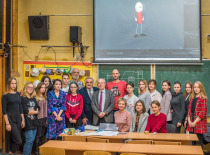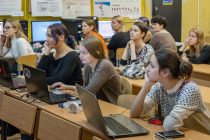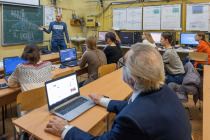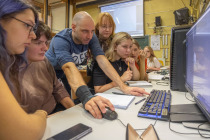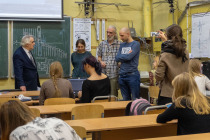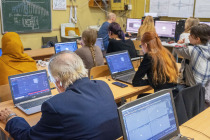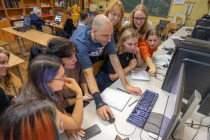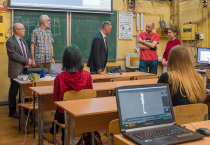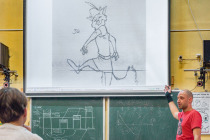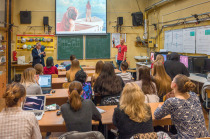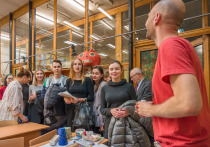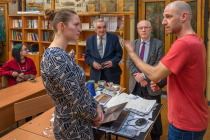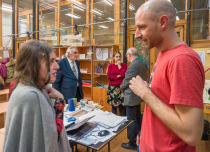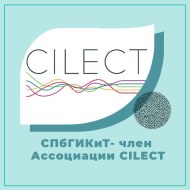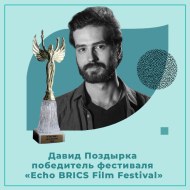
Creative project on 3D animation by Michael Mahy was held at SPUFT
20 November 2019
From November 13 to 17, as part of agreement between the French Institute at the Embassy of France in Russia and St. Petersburg State University of Film and Television, a short-term international creative project was held with the participation of SPUFT students and teachers, including a conference, a creative meeting and a 3-day master class by an expert in 3D animation, a representative TeamTO French animation studio Michael Mahy.
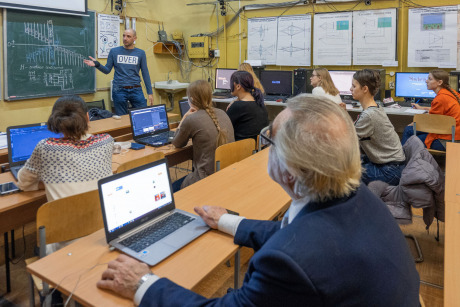
TeamTO (www.teamto.com) is known to the viewer for animated films and the series Yellowbird, Rabbids Invasion, Oscar's Oasis, Angelo Rules, Hazentem international. From the university side, the project was provided by the head of International Relations office Konstantin Glasman, senior lecturer of Television department Evgenia Grinenko, associate professors of Computer Graphics and Design department Mikhail Konovalov and Alexander Tarasenko.
The conference opened with a French animator's lecture. He presented the trends of modern artistic animation, features of the films and animated series production (one of the main activities of TeamTO studio), animated production process from different points of view: director, studio-contractor, animator and controller. Each of them sees this process in their own way, and only the viewer is not aware of such a work volume preceding the release of the film on screens. Using concrete examples that went through the production cycle of the studio, with a demonstration of working materials, the lecture review was of particular practical interest to animation students
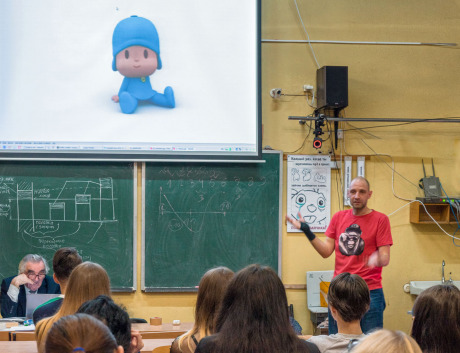
During the conference at the Department of Computer Graphics and Design, three full working days from 10 a.m. to 6 p.m. were allotted to a practical step-by-step master class led by a world-class studio specialist. In the current position of animation controller at TeamTO, Michael Mahy understands more than anyone else the importance of the artistic components of the movement of an animated character. It depends on them whether the animated model goes into further production or is returned to remake. When working with the anatomical model in the environment of Autodesk Maya software installed at the Department of Computer Graphics and Design under an academic license, the submission of software tools to an artistic task is a kind of symbiosis of technology and art. The animator becomes something between the puppeteer and the phaser artist, and the interface of the software environment forms the skills of a specialist with the engineer’s thinking and artist’s perception.
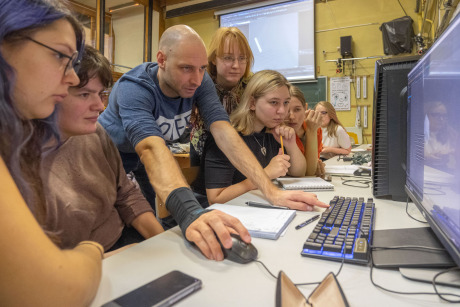
The program of the conference and master classes included the main stages of practical study work:
1. Structural foundations of animation tools Autodesk Maya;
2. Animation of the physical body. Compression and stretching. Exaggeration. Techniques for working with animated tools.
3. The controller system (rig) of the anatomical character. Forward and reverse kinematics. Varieties of the skeleton.
4. The classic run cycle in a three-dimensional scene. Key phases and techniques for constructing an animated movement.
5. The reference movement of the character. The cycle of walking, the nature of gait, techniques for working with a skeletal model.
6. Use of layouts. Blocking. Additional action. The construction of the characteristic movement of the anatomical character.

The continuous three-day master class was aimed at the practical application of character animation skills in the format of a continuous studio conveyor under the constant supervision of the master. It was not enough to just “try”: the participants of the master class moved on to the next stage of work upon receiving a practical result from the previous study.
On November 15, an extended creative meeting of the French master with students of Graphics, Design, Television, Radio Engineering specialties, department staff, SPUFT's management and representatives of French Institute took place. The general motive of the meeting is the language of screen movement as an expressive tool that does not require translation and interpretation in a related cultural environment. At the end of the meeting, students of various specialties surrounded the French guest, sometimes asking unexpected questions of both a practical and general philosophical nature. Animation as work or hobby, work as a vocation or acquired qualifications, the development of modern studio animation and the prospects of contract work. Our students were interested in everything related to their profession, and each received not only an answer, but also practical encouraging advice. In a conversation with fellow teachers, there were also many common topics. Many echoing techniques of work and a similar perception of modern commercial and author's animation have been noted.
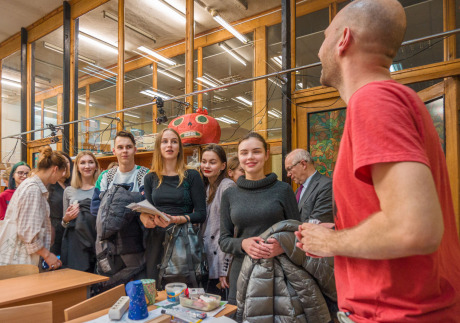
The results of the conference were:
- The exchange of practical experience with a practicing world-class animator was appreciated by all conference participants as extremely useful for the professional growth of future specialists.
- The phased master class aroused particular interest among students of specialized specialties.
- All participants in the master class received practical results throughout the program of study assignments.
- The usefulness of the project in the format of a multi-day practical program was noted. Numerous proposals were received from participants to make such projects regular.

Mikhail Konovalov, associate professors of Computer Graphics and Design department


 Search
Search
